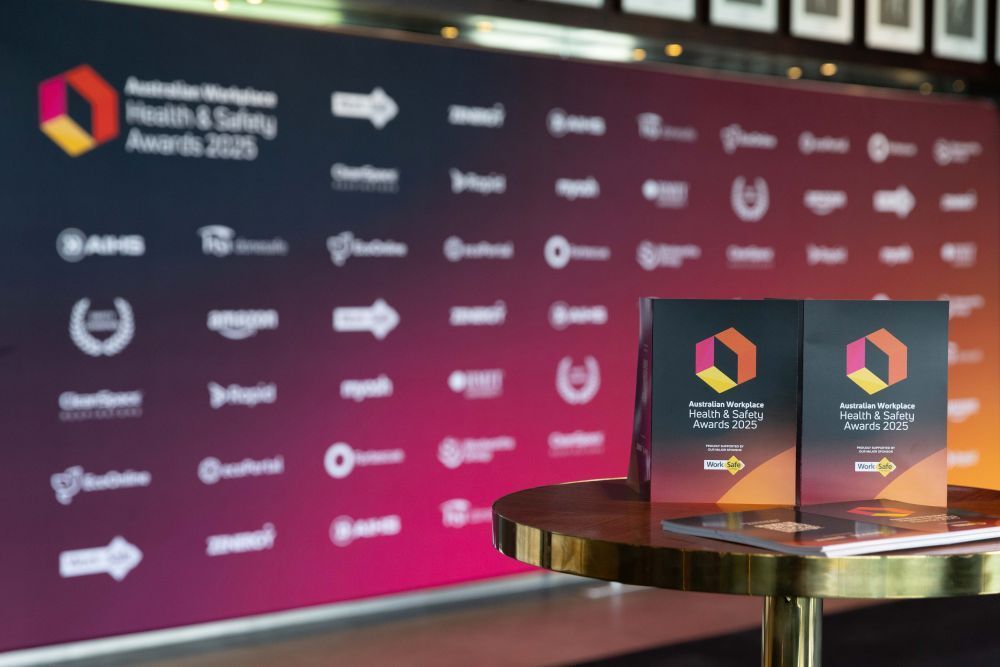First-aid and medical treatment injuries: how do they differ?
Q
Most organisations make the distinction between first aid injuries (FAIs) and medical treatment injuries (MTIs). However, AS1885 only defines lost time injuries (LTIs) and non-LTIs. Are FAI and MTI defined in any other Standard? If not, where are these terms defined?
A
As the enquirer correctly points out, AS1885 does not define and distinguish between FAIs and MTIs.
An explanation of these terms could not be located in any other Standard or workers compensation legislation, nor is one offered by the July 1999 publication of National Occupational Health and Safety Commission (NOHSC) entitled Type of Occurrence Classification System.
Furthermore, while Australia’s Work Health and Safety (WHS) legislation defines when an injury or illness is considered serious, it does not distinguish between FAIs and MTIs.
A sensible explanation comes from Curtin University in Western Australia, which states that “these injury classifications are designed to meet legislative requirements outlined in the OSH Act, OHS Regulations, and AS 1885.1”:
First aid injuries
A first aid injury (FAI) is an injury that requires a single first aid treatment and a follow-up visit for subsequent observation involving only minor injuries (minor scratches, burns, cuts and so forth) which do not ordinarily require medical care, and for which the person would typically return immediately to their normal activities. Such treatment and observation is considered first aid even if it is administered by a physician or registered medical professional.
Typical treatments normally considered as first aid injuries include:
Application of antiseptics during a first visit to medical personnel;
Treatment of minor (first degree) burns;
Application of bandages (including elastic bandages) during a first visit to medical personnel;
Irrigation of eye injuries and removal of non-embedded objects;
Removal of foreign bodies from a wound using tweezers or other simple first aid technique;
Use of non-prescription medication (schedule 2 or 3 medications), and administration of a single dose of prescription medication on a first visit to medical personnel for minor injury or discomfort.
Soaking, application of hot-cold compresses, and use of elastic bandage on sprains immediately after injury (initial treatment only);
Application of ointments for abrasions to prevent drying or cracking;
One time administration of oxygen, for example after exposure to toxic atmosphere; and
Observations of injury during visits to medical personnel, including hospitalisation (for less than 48 hours) for observation only for a blow to the head or abdomen, or exposure to toxic substances.
The following are typical examples of diagnostic/preventive procedures that may also be classified as a first aid injury:
X-ray examination with a negative diagnosis (will be MTI if positive);
Physical examination, if no condition is identified or medical treatment is not administered; and
One time dose of prescribed medication, for example a tetanus Injection or pharmaceutical.
Medical Treatment Injuries
A medical treatment injury (MTI) is defined as an injury or disease that resulted in a certain level of treatment (not first aid treatment) given by a physician or other medical personnel under standing orders of a physician. Types of treatment that classify an injury under MTI are:
Use of prescription medication (schedule 4 or 8 ‘prescription only’ medication), except a single dose administered on a first visit for minor injury or discomfort;
Therapeutic (physiotherapy or chiropractic) treatment, more than once;
Stitches, sutures (including butterfly adhesive dressing in lieu of sutures);
Removal of dead tissue or skin (surgical debridement);
Treatment of infection;
Application of antiseptic during a second or subsequent visit to medical personnel;
Removal of foreign objects embedded in an eye;
Removal of foreign objects embedded in a wound (not small splinters);
Removal of embedded objects from an eye;
Treatment of deep tissue (second or third degree) burns;
Use of hot or cold soaking therapy or heat therapy during the second or subsequent visit to medical personnel;
Positive x-ray diagnosis of fractures, broken bones and etc; or
Admission to hospital or equivalent medical facility for treatment.
This article was originally posted on Workplace OHS a part of NSW Business Chamber – Australian Business Consulting and Solutions has a dedicated team of WHS/OHS experts who can assist you with your specific WHS/OHS issues and problems.
Looking to expand your WHS knowledge? Access our online training platform.






